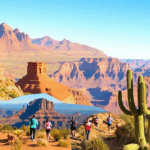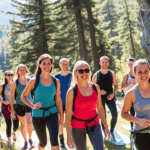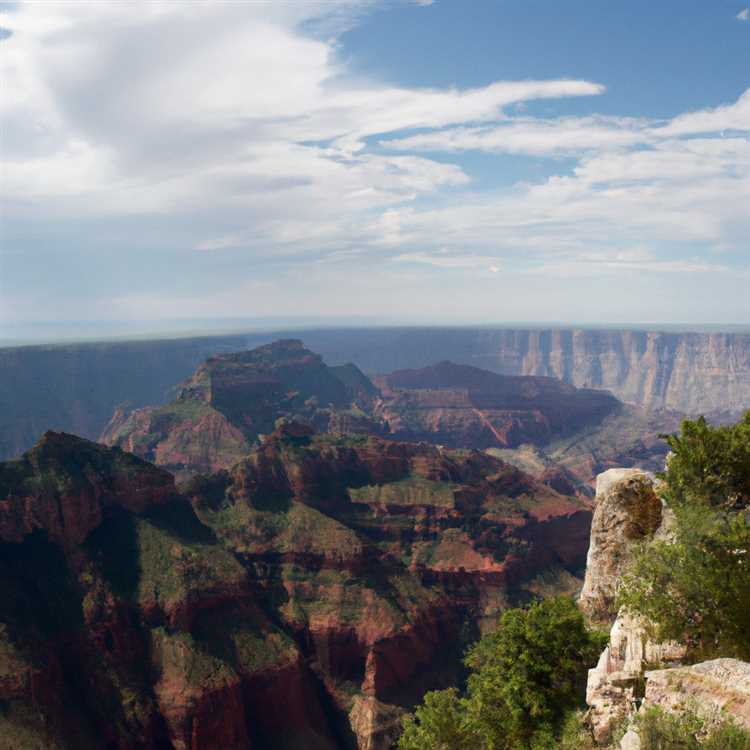
The Yavapai people, also known as the Enyaeva (which means “people” in their native language), have a vibrant and fascinating history that spans thousands of years. Nestled in the central highlands of Arizona, the Yavapai territory is a testament to the resilience and adaptability of this Native American tribe.
Archaeological evidence suggests that the ancestors of the Yavapai have lived in the region for at least 2,000 years. They developed a deep connection with the land, relying on hunting, gathering, and farming for sustenance. The Yavapai were skilled at farming corn, beans, and squash, and their agricultural practices played a vital role in shaping the landscape we see today.
European contact with the Yavapai began in the 16th century, when Spanish explorers ventured into the area. This contact led to trade and cultural exchange, as well as conflicts over land and resources. In the following centuries, the Yavapai were further impacted by the arrival of settlers and the establishment of reservations.
Despite facing numerous challenges and hardships throughout history, the Yavapai have managed to preserve their cultural identity and traditions. Today, their rich heritage is celebrated through art, music, dance, and storytelling. Visitors to the Yavapai territory can explore ancient ruins, visit cultural centers, and learn about the tribe’s history and contributions to the region.
Exploring Yavapai: A Journey through Time
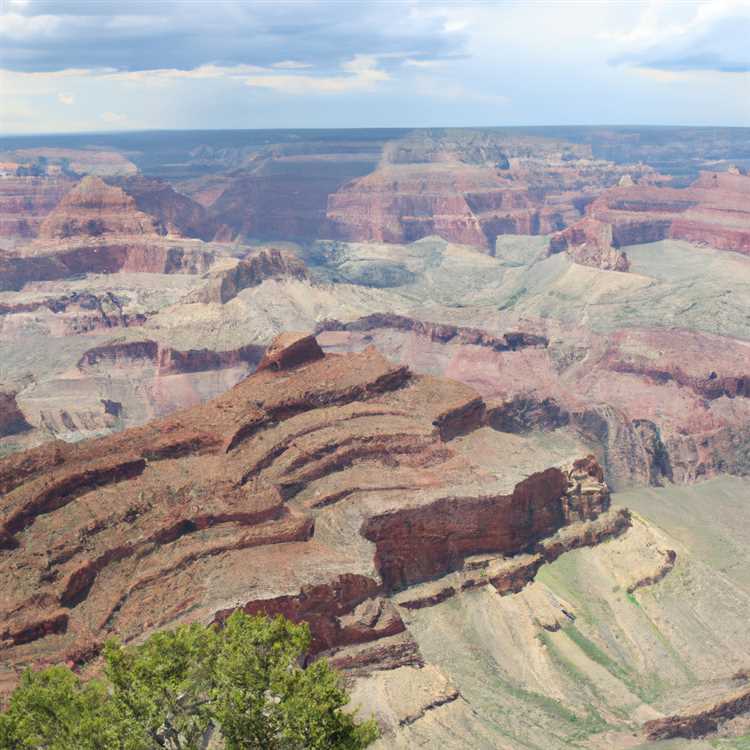
The Yavapai people have a rich history and culture that spans thousands of years. Exploring the land that their ancestors called home is like taking a journey through time, uncovering the mysteries of the past and discovering the traditions that still endure today.
The Ancient Yavapai: Guardians of the Land
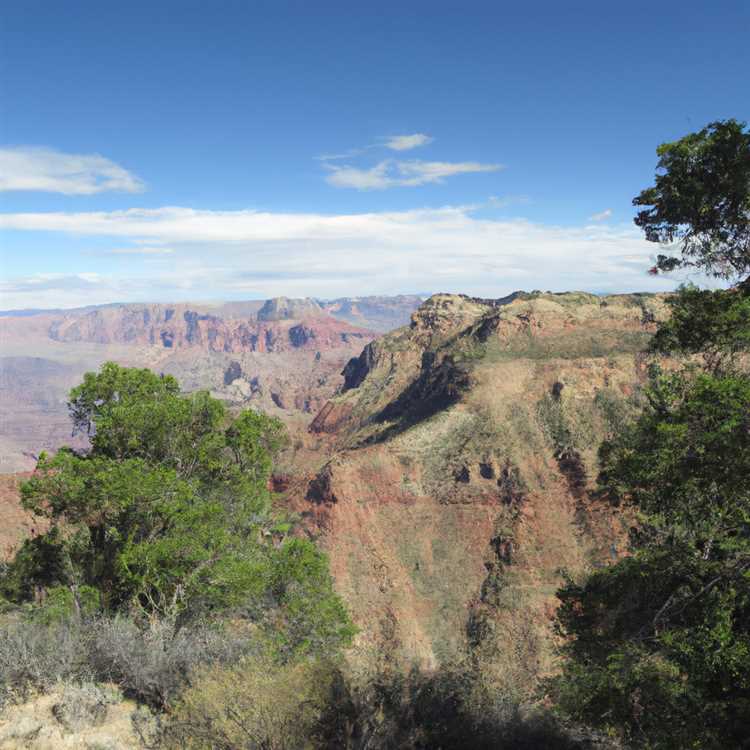
Long before the arrival of European settlers, the Yavapai people inhabited the vast desert landscapes of what is now central Arizona. Living in harmony with the land, they developed a deep spiritual connection to the natural world, which shaped their way of life. They were skilled hunters and gatherers, relying on the abundant resources of the region for sustenance.
As we explore the ancient Yavapai lands, we can discover the remnants of their dwellings, known as pit houses. These circular structures were constructed with a central fire pit and covered with a roof made of branches and desert foliage. It is a humbling experience to witness the engineering and craftsmanship of these ancient homes.
The Yavapai Today: Preserving Tradition
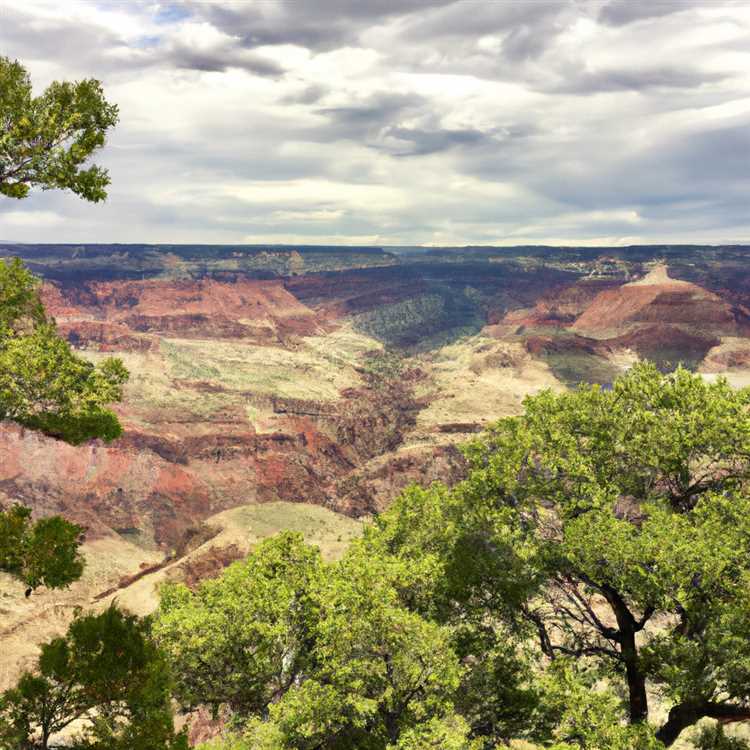
While much has changed since the ancient days, the Yavapai people still hold onto their rich cultural heritage. Today, their traditions are kept alive through storytelling, dance, and artistic expression. By taking part in their ceremonies and festivities, we can witness the resilience and strength of the Yavapai spirit.
Visiting the Yavapai Tribal Cultural Center is a must for anyone seeking to learn more about the tribe. Here, we can explore exhibits showcasing traditional artifacts, artwork, and historical photographs that provide a glimpse into their past. Additionally, we can attend workshops and cultural events that promote the preservation of Yavapai traditions.
A Journey Worth Taking
Exploring the rich history and culture of the Yavapai is an unforgettable journey through time. As we learn about their ancient ways of life and witness their vibrant traditions that continue to thrive today, we gain a deeper appreciation for the land and the people who have called it home for centuries.
| Key Highlights: | Recommended Activities: |
|---|---|
| Discover ancient pit houses | Visit the Yavapai Tribal Cultural Center |
| Learn about Yavapai ceremonies and traditions | Take part in cultural workshops and events |
| Explore exhibits of traditional artifacts and artwork | Engage in storytelling and dance performances |
Unraveling the Ancient Mysteries
The Yavapai Tribe has a rich and ancient history that dates back thousands of years. As we explore the Yavapai culture, we find ourselves uncovering the mysterious past of this fascinating tribe.
Archaeological evidence suggests that the Yavapai people have inhabited the region of present-day Arizona since at least 1300 AD. They lived as hunter-gatherers, relying on the resources of the land and adapting to the harsh desert environment.
Sacred Sites and Petroglyphs
The Yavapai have left behind a legacy of sacred sites and petroglyphs that offer a glimpse into their ancient beliefs and rituals. These rock carvings, found throughout the Yavapai territory, depict various symbols and figures that hold deep spiritual significance.
Many of the petroglyphs are shrouded in mystery, as their meanings have been lost over time. Some experts believe that they served as markers for sacred sites or were used in ceremonies and rituals.
Oral Traditions and Legends
Another way of unraveling the ancient mysteries of the Yavapai is through their oral traditions and legends. Passed down through generations, these stories offer insights into the tribe’s history, culture, and connection to the land.
Legends of mythical creatures, ancestral heroes, and epic battles are woven into the fabric of Yavapai heritage. These tales not only entertain but also provide valuable clues to understanding the tribe’s spiritual beliefs and cultural practices.
Preserving the Ancient Heritage
Preserving and protecting the ancient heritage of the Yavapai is of utmost importance. By studying the petroglyphs, archaeological sites, and oral traditions, researchers and tribal members can continue to piece together the puzzle of Yavapai history and culture.
Unraveling the ancient mysteries allows us to gain a deeper appreciation for the Yavapai Tribe and the lasting impact of their ancestors. It is through understanding and respecting this rich heritage that we can carry it forward for future generations to appreciate and learn from.
The Legacy of Yavapai: Preservation and Adaption
Preserving the rich history and culture of the Yavapai people is not only essential for honoring their ancestors but also for allowing future generations to learn and appreciate this vibrant heritage. Through various initiatives, the Yavapai tribe has taken great strides in ensuring the preservation of their legacy.
One of the ways the Yavapai have preserved their culture is by maintaining their language. Efforts have been made to teach the Yavapai language to younger members of the tribe through language immersion programs and classes. This ensures that traditional Yavapai words, phrases, and stories are not lost but passed down to future generations.
In addition to language preservation, the Yavapai have also focused on preserving their traditional arts and crafts. The tribe takes pride in their intricate beadwork, basketry, pottery, and other forms of artistic expression. By continuing to practice and teach these traditional crafts, the Yavapai ensure that their unique artistic traditions remain alive and appreciated.
Another important aspect of preserving the Yavapai legacy is adapting to the modern world while staying true to their cultural values. The Yavapai have worked with government agencies and other organizations to develop sustainable economic opportunities that promote their heritage without compromising their cultural integrity. This includes initiatives such as eco-tourism, which allows visitors to experience the beauty of Yavapai lands while also learning about their history and traditions.
Furthermore, the Yavapai have embraced technology to share their culture with a wider audience. Through websites, social media platforms, and digital archives, the tribe has made their history and culture accessible to people around the world. This not only helps to create awareness and appreciation for Yavapai heritage but also encourages dialogue and understanding between different cultures.
In conclusion, the Yavapai tribe has made significant efforts to preserve their rich history and culture through language revitalization, artistic traditions, sustainable economic development, and technological advancements. By doing so, they ensure that their legacy continues to thrive and inspire generations to come.
Yavapai Today: Revitalization and Celebration
Today, the Yavapai people continue to thrive and celebrate their rich history and culture. Through various revitalization efforts, they are preserving their traditions and passing them down to future generations.
One of the ways in which the Yavapai people are revitalizing their culture is through language preservation and education. Efforts are being made to document and teach the Yavapai language, ensuring that it is not lost. Language classes and immersion programs are helping to keep the Yavapai language alive and thriving.
The Yavapai people also celebrate their culture through traditional art forms. They create beautiful pottery, baskets, and jewelry, using traditional techniques and designs that have been passed down through generations. These art forms not only provide a connection to their ancestors and heritage but also serve as a source of income for many Yavapai artists.
In addition to language and art, the Yavapai people also celebrate their culture through traditional ceremonies and events. Powwows, drumming circles, and storytelling gatherings are held to honor their ancestors and share their stories with others. These events provide an opportunity for the Yavapai people to come together in celebration and unity.
The Yavapai people take great pride in their heritage and are dedicated to preserving and sharing it with the world. Through revitalization efforts and celebrations of their culture, they are ensuring that the rich history of the Yavapai people will continue to thrive for generations to come.




